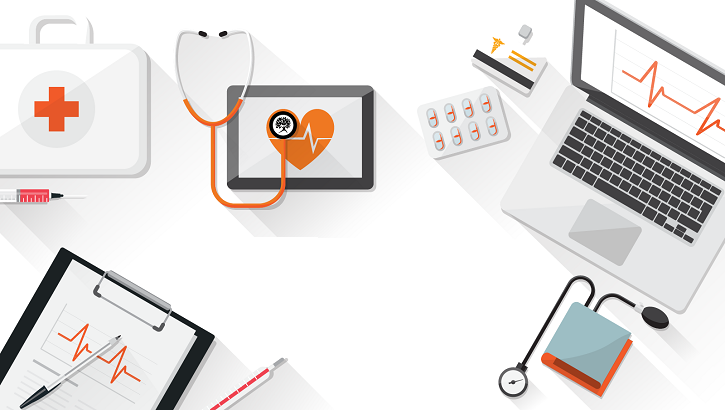Safety of patients has always been the prime reason for continual improvement in healthcare system. Every healthcare organization diligently works to improve the safety, reliability, and effectiveness of health care. But there are reports that suggest that many, if not most, incidents of patient suffering (especially death) occur due to medical errors caused by system failure that can be prevented by quality improvement methods and tools.
We are in modern digital age and our healthcare system demand fresh and creative measures to ensure harm-free patient care. Healthcare organizations try to build strategies or programs to meet system-level quality and safety goals. But the main limitation of these programs is the inability to interweave and organize the efforts, thus making it difficult to develop a sustainable, system-wide program that will be focused on all-cause harms and errors.
Role of subject-matter experts
Guidance from subject-matter experts can help in the development of an effective framework that will integrate every aspect and produce a sequential improvement for Safe, Reliable, and Effective Healthcare. The framework will provide clarity and direction to health care organizations on the key strategic, clinical, and operational components involved in achieving safe and reliable operational excellence. All the parts of an effective framework are interconnected and interdependent, and success in one area is predicated on success in another.
Framework & its functional parts
An effective framework is basically founded on two interlinked domains – culture and the learning system to bring all the strategic, clinical, and operational concepts at one place. Culture is the conception of the morals, attitudes, capabilities, and behaviours of an individual and group. It forms a strong foundation to build a learning system. A learning system is the ability to evaluate the system and identify its strengths and defects to assess performance and act upon the defects. Both these foundation domains work hand in hand to identify and resolve clinical, cultural, and operational defects in any healthcare organization.
In addition to foundation domains, following 9 components also play major role in the development of an effective framework:
Leadership: A leader with good leadership must be able to influence its fellow team mates to develop habits, processes, and technologies for an outstanding and ever-improving performance. He should be fully supportive, action-taker, trust-worthy and a good listener.
Psychological safety: It corresponds to the creation of a comfortable and secure environment by the leader in which every member is expected to ask questions, give feedback, be critical and suggest ideas.
Accountability: It corresponds to creation of an environment in which team members are accountable for their own actions and the organization is accountable for fair treatment to individuals in any wrong incident. This gives a satisfaction to the staff that they will be fairly treated and not blamed for something out of their control. Any of the accountability algorithms can be adopted by the organization and must be shared with the staff to set expectations that will be followed when adverse events occur.
Teamwork and communication: Every team should work together to plan forward, reflect back, communicate clearly, and manage risk in every situation.
Negotiation and conflict management: Team should manage every conflict by following collaborative negotiation to come to a workable solution and give the best options to patients.
Transparency: Transparency means openness and a healthcare team should openly share any data, events or information related to the safety and reliability of the patient and the system for improvement.
Reliability: It is the successful and repeated production of a specific result by a system. It requires application of best evidence and reduction of non-patient specific variation to achieve failure free completion.
Improvement and measurement: This requires use of Standard improvement tools to improve work process and patient outcomes.
Continuous learning: Learning should be continuous and every healthcare team should regularly collect and learn from its defects and successes.
What are the purposes of this Framework?
It serves following three main purposes:
• Guide a healthcare organization for application of the principles contained therein
• Determine the effectiveness of the already installed framework
• Finally and most importantly improve the safety, reliability, and effectiveness of the care.
Engagement of patients and their families is at the core of this framework. This means that every effort of this framework is to provide best healthcare outcome to patients and families.
All the content shared in this post belongs to the author of patient portal software development company. The objective of writing this post is to focus more on technology for better patient engagement and healthcare systems.






